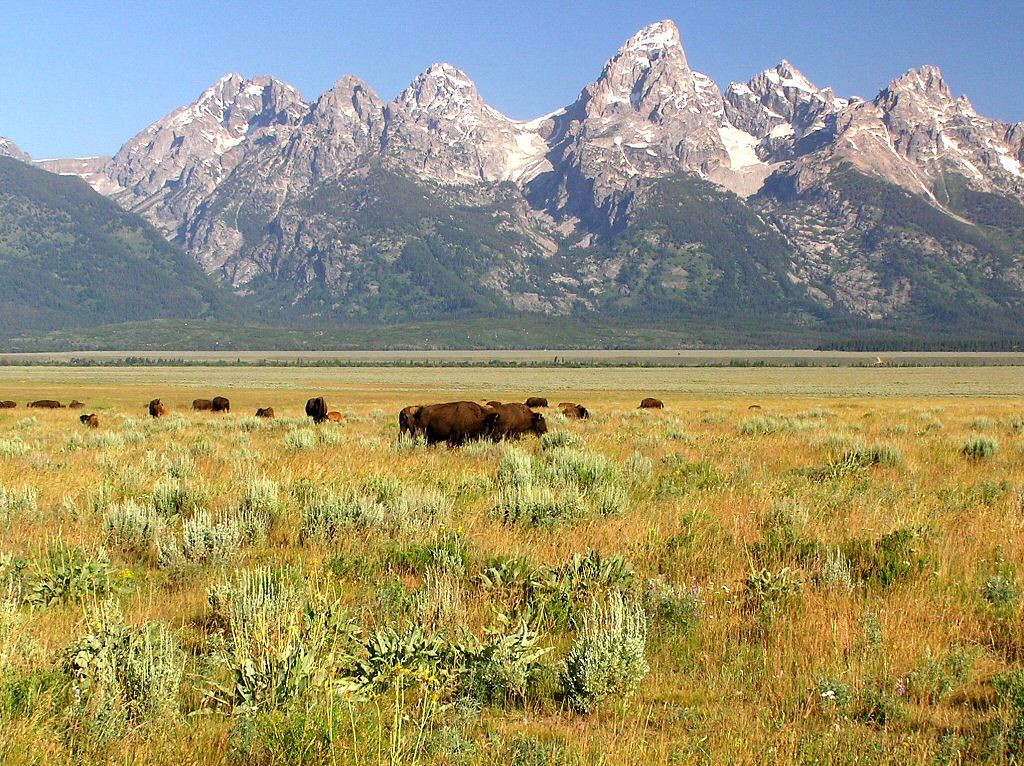|
www.MooreWallpaper.com Tell your friends about us, e-mail them! |
|
North American National Park Buffalo (Bison) The Americans and Canadians need to wake up the fantastic tourist value of the Buffalo. It is one of the major things that tourists want to see. It can be an income generator. The chances of seeing a wild buffalo are slim. I was lucky to see a number of them on my last visit to Antelope Island on the Great Salt Lake, Grand Teton and Yellowstone National Park. Visitor centres should have a few buffalos kept in large fields for tourists to be able view and take pictures. The ability to guarantee actually seeing buffalo will pull the crowds in. Shops selling Western merchandise will then benefit from the extra numbers coming to their location. The near extermination of the American Buffalo occurred over a number of years. The North American fur trade, began in the 1600s with the shipping of beaver to Europe but then the demand for buffalo robes started. By the early 1800s approximately 200,000 buffalo were killed annually on the North American plains. The main slaughter occurred between 1830 to 1860. At first Wagons were used to transport the hides, tongues and meat back east but the arrival of the railroads helped speed up the near extinction of Buffalo. By the early 1880s there were only a few free-ranging buffalo left. Luckily the need for conservation was recognised just in time. Private herds were established and the largest public herd is in Yellowstone National Park with just under 5,000 animals. There are other protected herds in other national and State parks through out America and Canada. Scientifically, the American Buffalo is named Bison. The American Buffalo is not a true buffalo. Its closest relative is the European Bison or Wisent and the Canadian Woods Bison, not the buffalo of Asia or Africa, such as the Cape Buffalo or Water Buffalo |
www.MooreWallpaper.com Add our site to your 'Favorites' list now!
![]()
![]() (Website
design by Craig Moore, London, England)
(Website
design by Craig Moore, London, England)
